Figs are a delicious and versatile fruit that has been enjoyed for centuries. Their unique sweet taste and chewy texture make them a popular snack, addition to meals, and ingredient in various dishes. One common debate among fig enthusiasts is whether dried figs or fresh figs are the superior choice. Both versions have their own set of benefits and drawbacks, and understanding the differences between them can help you make an informed decision on which one to include in your diet. Let’s start by looking at dried figs.

.
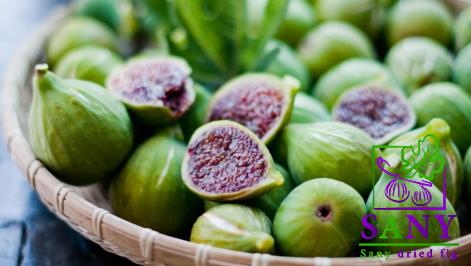 Dried figs are simply fresh figs that have had their moisture removed, resulting in a concentrated burst of flavor. The drying process involves either sun-drying or dehydrating the fruit, which helps to preserve it for longer periods and intensify its sweetness. One of the key advantages of dried figs is their extended shelf life. Unlike fresh figs, which can spoil relatively quickly, dried figs can be stored in a cool, dry place for months without losing their taste or nutritional value. This makes them a convenient option for those looking to enjoy the unique flavor of figs year-round. In addition to their longer shelf life, dried figs are also a concentrated source of nutrients. They are high in fiber, which can aid in digestion and promote a feeling of fullness. Dried figs are also rich in essential minerals such as potassium, calcium, and magnesium, which are important for maintaining healthy bones and muscles. Additionally, the drying process can increase the antioxidant content of figs, making them a valuable addition to a balanced diet. While dried figs have many benefits, it is important to consider their potential drawbacks as well. One common concern with dried figs is their higher calorie and sugar content compared to fresh figs. The removal of water during the drying process means that the natural sugars in the fruit become more concentrated, which can make dried figs a less suitable option for those watching their sugar intake. It is also worth noting that some commercially available dried figs may contain added sugars or preservatives, so it is essential to check the ingredients list when purchasing them. Now, let’s turn our attention to fresh figs. Fresh figs are a seasonal delicacy that is typically available in the late summer and early fall.
Dried figs are simply fresh figs that have had their moisture removed, resulting in a concentrated burst of flavor. The drying process involves either sun-drying or dehydrating the fruit, which helps to preserve it for longer periods and intensify its sweetness. One of the key advantages of dried figs is their extended shelf life. Unlike fresh figs, which can spoil relatively quickly, dried figs can be stored in a cool, dry place for months without losing their taste or nutritional value. This makes them a convenient option for those looking to enjoy the unique flavor of figs year-round. In addition to their longer shelf life, dried figs are also a concentrated source of nutrients. They are high in fiber, which can aid in digestion and promote a feeling of fullness. Dried figs are also rich in essential minerals such as potassium, calcium, and magnesium, which are important for maintaining healthy bones and muscles. Additionally, the drying process can increase the antioxidant content of figs, making them a valuable addition to a balanced diet. While dried figs have many benefits, it is important to consider their potential drawbacks as well. One common concern with dried figs is their higher calorie and sugar content compared to fresh figs. The removal of water during the drying process means that the natural sugars in the fruit become more concentrated, which can make dried figs a less suitable option for those watching their sugar intake. It is also worth noting that some commercially available dried figs may contain added sugars or preservatives, so it is essential to check the ingredients list when purchasing them. Now, let’s turn our attention to fresh figs. Fresh figs are a seasonal delicacy that is typically available in the late summer and early fall.
..
 They are prized for their juicy texture and delicate flavor, which is often described as a combination of honey and berries. One of the main advantages of fresh figs is their freshness and vibrant taste. Unlike dried figs, which can sometimes have a chewy texture, fresh figs are soft, succulent, and bursting with flavor. They make a delicious addition to salads, desserts, or enjoyed on their own as a healthy snack. In addition to their exceptional taste, fresh figs are a good source of vitamins and minerals. They are particularly high in vitamin C, which is essential for a healthy immune system and glowing skin. Fresh figs also contain small amounts of other essential nutrients like vitamin K, potassium, and magnesium. These nutrients play a crucial role in maintaining overall health and well-being, making fresh figs a nutritious addition to any diet. Despite their many benefits, fresh figs also have some downsides to consider. One of the main drawbacks of fresh figs is their limited availability. They are a seasonal fruit that is only harvested for a few months out of the year, making it challenging to enjoy them year-round. Additionally, fresh figs have a shorter shelf life compared to dried figs and can spoil quickly if not stored properly. This means that you may need to consume them soon after purchasing or consider alternative preservation methods such as freezing or drying them yourself. In conclusion, both dried figs and fresh figs have their own unique set of advantages and drawbacks. Dried figs are a convenient and nutrient-packed option with a longer shelf life, while fresh figs are prized for their delicious taste and fresh texture. Ultimately, the choice between dried figs and fresh figs comes down to personal preference and how you plan to incorporate them into your diet. Whether you prefer the concentrated sweetness of dried figs or the juicy freshness of fresh figs, both options are delicious and nutritious additions to a balanced diet. Whether you enjoy them on their own, in recipes, or paired with other foods, figs are a versatile fruit that can be enjoyed in a variety of ways.
They are prized for their juicy texture and delicate flavor, which is often described as a combination of honey and berries. One of the main advantages of fresh figs is their freshness and vibrant taste. Unlike dried figs, which can sometimes have a chewy texture, fresh figs are soft, succulent, and bursting with flavor. They make a delicious addition to salads, desserts, or enjoyed on their own as a healthy snack. In addition to their exceptional taste, fresh figs are a good source of vitamins and minerals. They are particularly high in vitamin C, which is essential for a healthy immune system and glowing skin. Fresh figs also contain small amounts of other essential nutrients like vitamin K, potassium, and magnesium. These nutrients play a crucial role in maintaining overall health and well-being, making fresh figs a nutritious addition to any diet. Despite their many benefits, fresh figs also have some downsides to consider. One of the main drawbacks of fresh figs is their limited availability. They are a seasonal fruit that is only harvested for a few months out of the year, making it challenging to enjoy them year-round. Additionally, fresh figs have a shorter shelf life compared to dried figs and can spoil quickly if not stored properly. This means that you may need to consume them soon after purchasing or consider alternative preservation methods such as freezing or drying them yourself. In conclusion, both dried figs and fresh figs have their own unique set of advantages and drawbacks. Dried figs are a convenient and nutrient-packed option with a longer shelf life, while fresh figs are prized for their delicious taste and fresh texture. Ultimately, the choice between dried figs and fresh figs comes down to personal preference and how you plan to incorporate them into your diet. Whether you prefer the concentrated sweetness of dried figs or the juicy freshness of fresh figs, both options are delicious and nutritious additions to a balanced diet. Whether you enjoy them on their own, in recipes, or paired with other foods, figs are a versatile fruit that can be enjoyed in a variety of ways.
…
 When it comes to choosing between dried figs and fresh figs, consider your preferences, dietary needs, and how you plan to use them in your meals. Dried figs are a convenient option for snacking, baking, or adding to trail mixes, while fresh figs shine in salads, desserts, and as a simple, refreshing treat on their own. If you are looking for a nutrient-dense snack to satisfy your sweet cravings, dried figs are a great choice. Their concentrated sweetness and chewy texture make them a satisfying option to enjoy on the go or as a midday pick-me-up. They are also an excellent source of dietary fiber, which helps promote healthy digestion and can contribute to a feeling of satiety. Consider adding dried figs to your morning oatmeal, yogurt, or blending them into smoothies for a quick and nutritious boost. On the other hand, if you want to indulge in the fresh, delicate flavor of figs at the peak of their season, opt for fresh figs when they are available. Their soft, juicy texture and natural sweetness make them a perfect addition to salads, cheese boards, and desserts. Try pairing fresh figs with creamy cheeses, honey, nuts, or drizzling them with balsamic glaze for a simple yet elegant appetizer or dessert. Both dried figs and fresh figs can be incorporated into a variety of recipes to add flavor, texture, and nutritional benefits. Consider using dried figs in baking recipes like muffins, bread, or granola bars for a natural sweetness and chewy texture. Fresh figs are a delightful addition to fruit salads, tarts, and bruschetta, bringing a touch of elegance and freshness to any dish. Regardless of whether you choose dried figs or fresh figs, it is important to consume them in moderation as part of a balanced diet. Figs are a nutrient-dense fruit that can be enjoyed as a part of a healthy lifestyle, but like any food, it is essential to pay attention to portion sizes and be mindful of your overall sugar intake. In conclusion, the debate between dried figs and fresh figs ultimately comes down to personal preference, availability, and how you plan to use them. Both versions offer unique benefits and can be enjoyed in a variety of ways to add flavor, texture, and nutrition to your meals. Whether you prefer the convenience of dried figs or the fresh, vibrant taste of fresh figs, incorporating figs into your diet can be a delicious and healthy choice. So next time you’re craving a sweet and satisfying snack, consider reaching for a handful of dried figs or indulging in the juicy goodness of fresh figs for a delightful culinary experience.
When it comes to choosing between dried figs and fresh figs, consider your preferences, dietary needs, and how you plan to use them in your meals. Dried figs are a convenient option for snacking, baking, or adding to trail mixes, while fresh figs shine in salads, desserts, and as a simple, refreshing treat on their own. If you are looking for a nutrient-dense snack to satisfy your sweet cravings, dried figs are a great choice. Their concentrated sweetness and chewy texture make them a satisfying option to enjoy on the go or as a midday pick-me-up. They are also an excellent source of dietary fiber, which helps promote healthy digestion and can contribute to a feeling of satiety. Consider adding dried figs to your morning oatmeal, yogurt, or blending them into smoothies for a quick and nutritious boost. On the other hand, if you want to indulge in the fresh, delicate flavor of figs at the peak of their season, opt for fresh figs when they are available. Their soft, juicy texture and natural sweetness make them a perfect addition to salads, cheese boards, and desserts. Try pairing fresh figs with creamy cheeses, honey, nuts, or drizzling them with balsamic glaze for a simple yet elegant appetizer or dessert. Both dried figs and fresh figs can be incorporated into a variety of recipes to add flavor, texture, and nutritional benefits. Consider using dried figs in baking recipes like muffins, bread, or granola bars for a natural sweetness and chewy texture. Fresh figs are a delightful addition to fruit salads, tarts, and bruschetta, bringing a touch of elegance and freshness to any dish. Regardless of whether you choose dried figs or fresh figs, it is important to consume them in moderation as part of a balanced diet. Figs are a nutrient-dense fruit that can be enjoyed as a part of a healthy lifestyle, but like any food, it is essential to pay attention to portion sizes and be mindful of your overall sugar intake. In conclusion, the debate between dried figs and fresh figs ultimately comes down to personal preference, availability, and how you plan to use them. Both versions offer unique benefits and can be enjoyed in a variety of ways to add flavor, texture, and nutrition to your meals. Whether you prefer the convenience of dried figs or the fresh, vibrant taste of fresh figs, incorporating figs into your diet can be a delicious and healthy choice. So next time you’re craving a sweet and satisfying snack, consider reaching for a handful of dried figs or indulging in the juicy goodness of fresh figs for a delightful culinary experience.

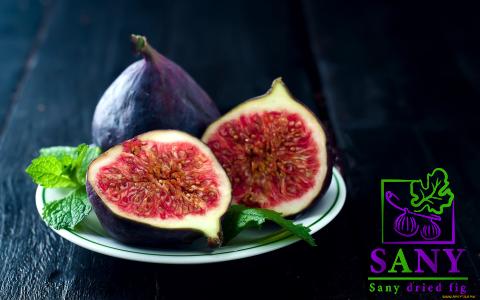
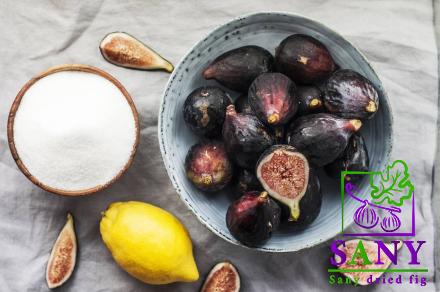


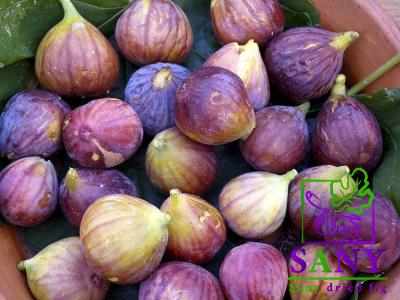
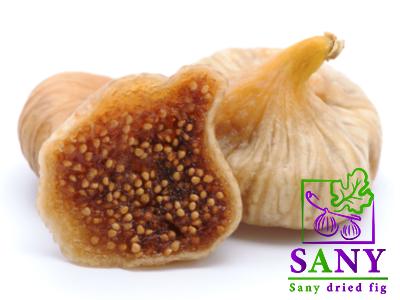
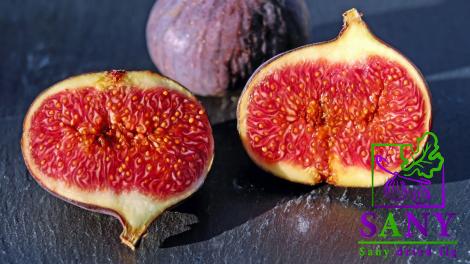
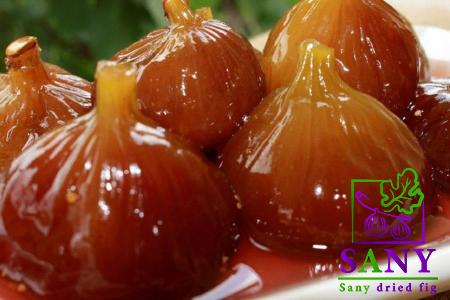
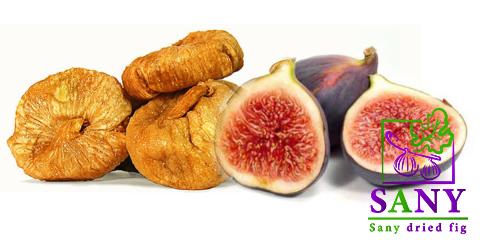
Your comment submitted.